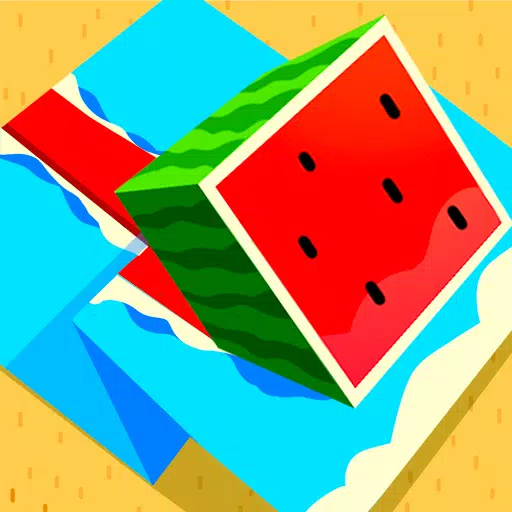In the vibrant world of Minecraft, terracotta stands out as a versatile and aesthetically pleasing building material, renowned for its rich palette of colors. This article delves into the process of creating terracotta, explores its properties, and highlights its applications in construction.
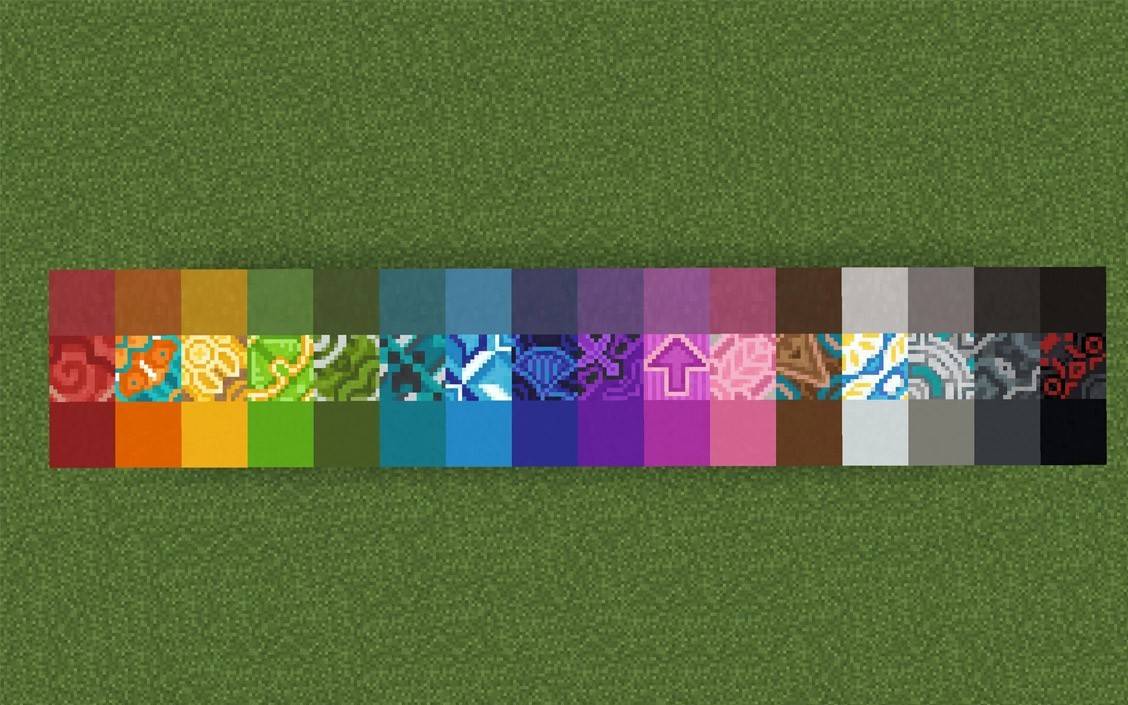 Image: planetminecraft.com
Image: planetminecraft.com
Table of Contents
- How to Get Terracotta in Minecraft
- The Ideal Place for Gathering Terracotta
- Types of Terracotta
- How to Use Terracotta in Crafting and Construction
- Availability of Terracotta in Different Versions of Minecraft
How to Get Terracotta in Minecraft
The journey to acquire terracotta begins with collecting clay, which can be found in water bodies, rivers, and swamps. Once you break the clay blocks, you'll collect clay balls that need to be smelted in a furnace using fuel such as coal or wood. After smelting, the clay transforms into the sought-after terracotta block.
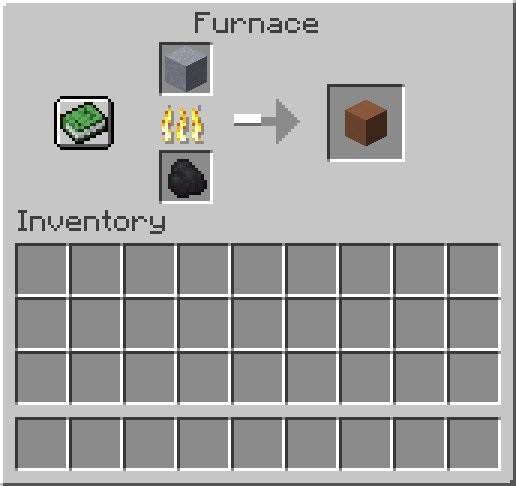 Image: ensigame.com
Image: ensigame.com
Terracotta also appears naturally in certain structures, particularly in the mesa biome, where you can find naturally colored variants. In the Bedrock Edition, players can also obtain terracotta through trading with villagers.
 Image: pinterest.com
Image: pinterest.com
The Ideal Place for Gathering Terracotta
The Badlands biome is the prime location for gathering terracotta in Minecraft. This rare and visually striking biome is characterized by its colorful layers of terracotta, which include shades of orange, green, purple, white, and pink. Here, terracotta can be harvested in abundance without any need for smelting.
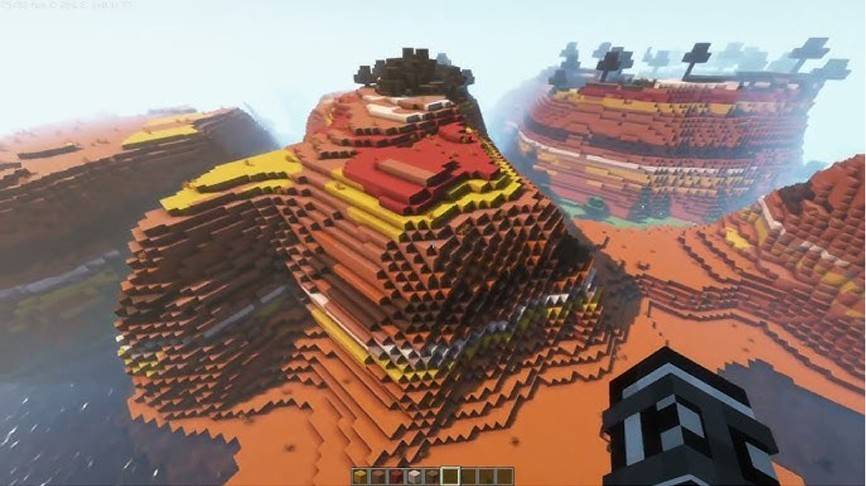 Image: youtube.com
Image: youtube.com
In addition to terracotta, the Badlands biome offers:
- Sandstone and sand on the surface
- Gold closer to the surface than in other biomes
- Dead bushes, which can be used for sticks
The unique landscape of the Badlands makes it an ideal spot for constructing colorful bases and collecting valuable resources.
Types of Terracotta
Terracotta comes in a standard brownish-orange color, but it can be dyed into sixteen different hues. Dyeing is achieved by combining dyes with terracotta on a crafting table. For instance, adding purple dye results in purple terracotta.
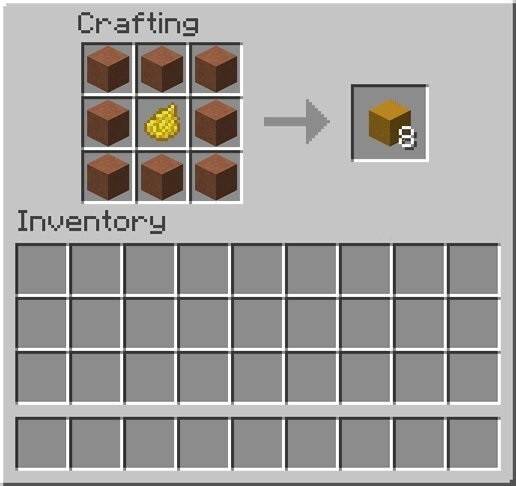 Image: ensigame.com
Image: ensigame.com
Glazed terracotta, created by smelting dyed terracotta, features unique patterns that can be arranged to create decorative designs. These blocks are perfect for both aesthetic and functional building, allowing you to accentuate areas on floors or walls and mark specific locations.
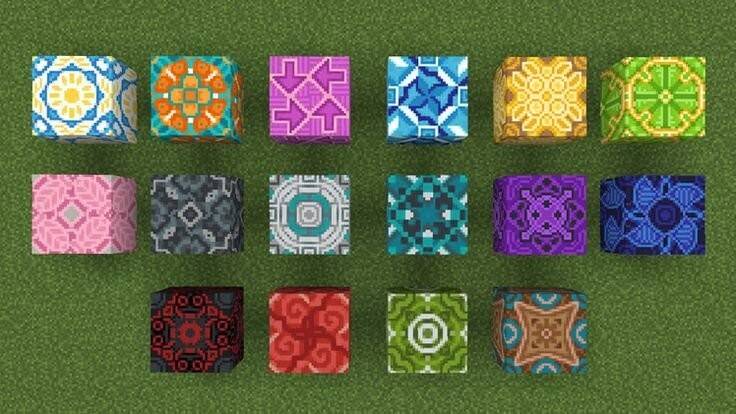 Image: pinterest.com
Image: pinterest.com
How to Use Terracotta in Crafting and Construction
Terracotta's versatility makes it a valuable asset in construction. It's more durable than regular clay and suitable for both interior and exterior use. Its array of colors allows for the creation of intricate patterns and designs.
It's commonly used for cladding walls, floors, and roofs. In the Bedrock Edition, terracotta can be crafted into intricate mosaic panels. By combining different colors and strategically placing terracotta, you can achieve stunning visual effects.
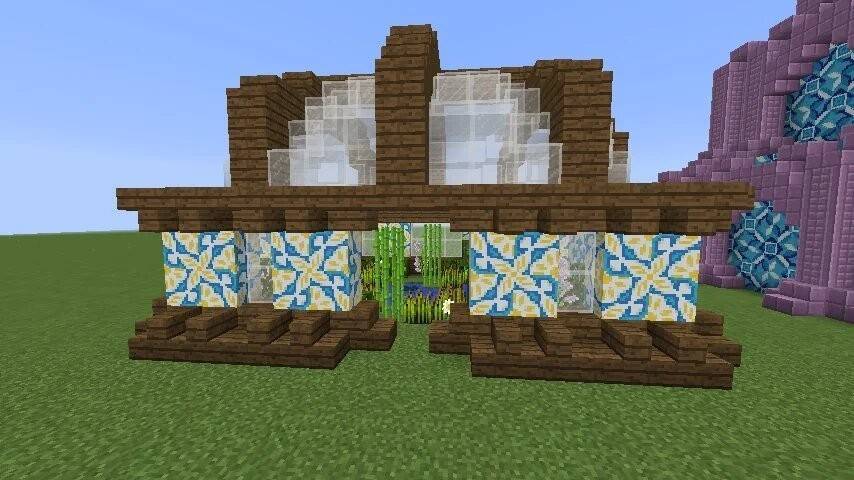 Image: reddit.com
Image: reddit.com
In Minecraft 1.20, terracotta is also used with the Armor Trim Smithing Template to create unique armor patterns, enhancing the personalization of your gear.
Availability of Terracotta in Different Versions of Minecraft
Terracotta is accessible in both Java and Bedrock Editions of Minecraft. The methods for obtaining it are consistent across both versions, though the textures might slightly vary.
In some versions, terracotta can be traded from master-level mason villagers in exchange for emeralds, providing a convenient alternative when the mesa biome is out of reach or if you prefer not to smelt clay.
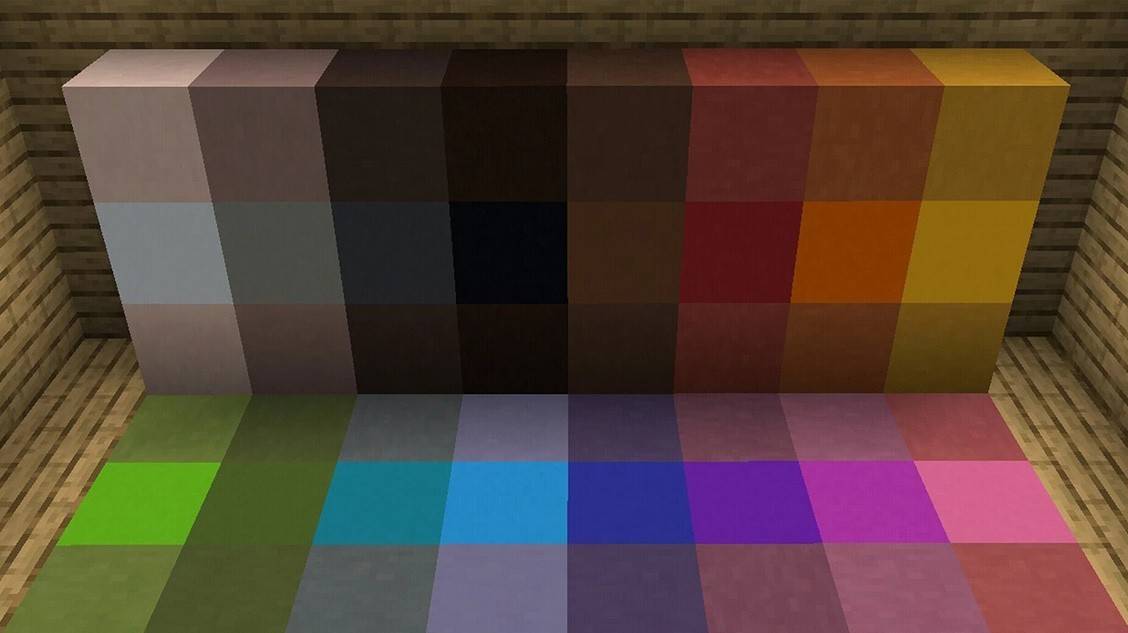 Image: planetminecraft.com
Image: planetminecraft.com
Terracotta is a durable and visually appealing block that's easy to obtain and customize with various colors. Whether you're smelting clay in a furnace or trading with villagers, terracotta offers endless possibilities for enhancing your Minecraft builds. From solid blocks to patterned glazed variants, this material is perfect for anyone looking to add a touch of creativity to their constructions.








